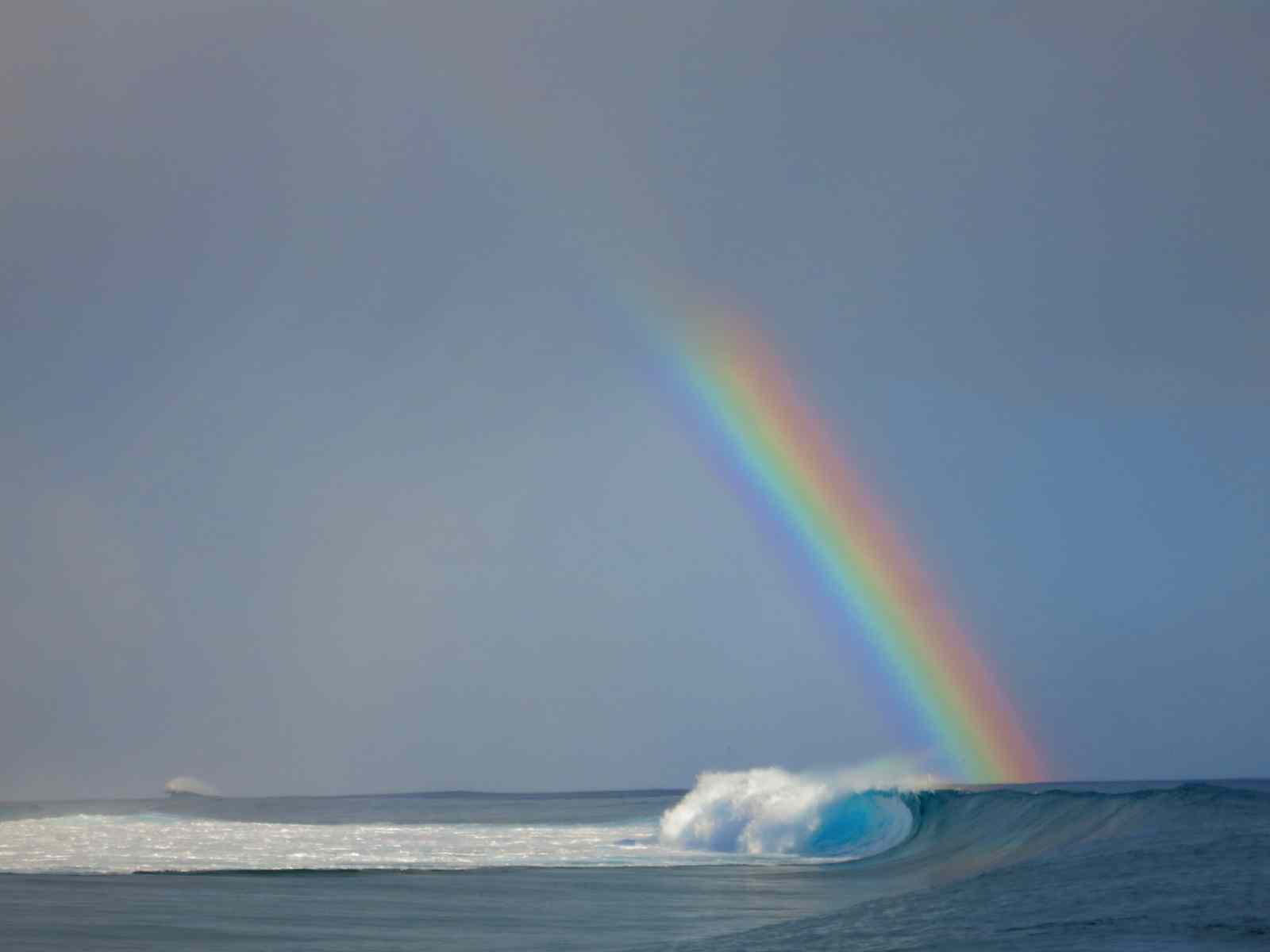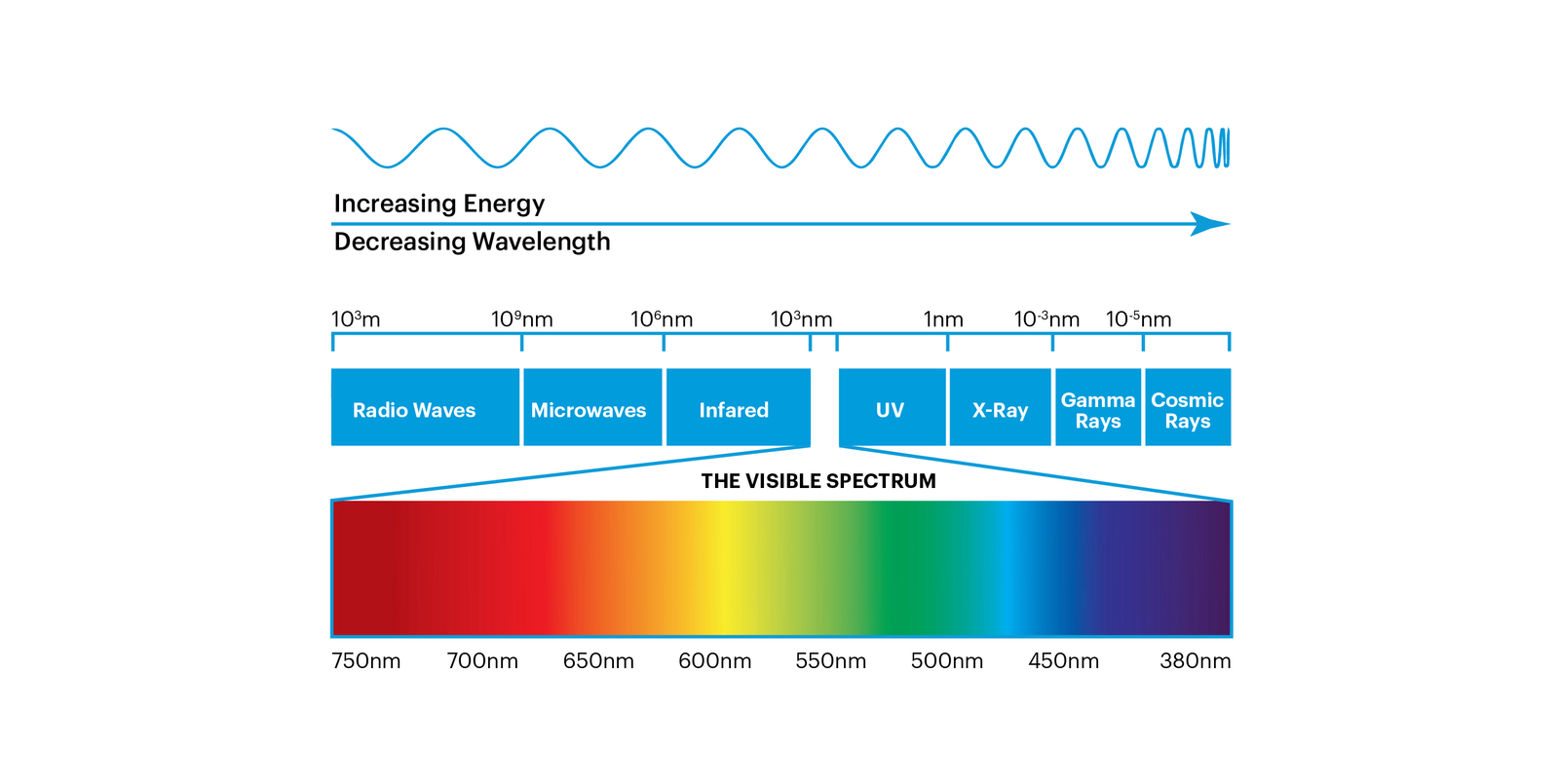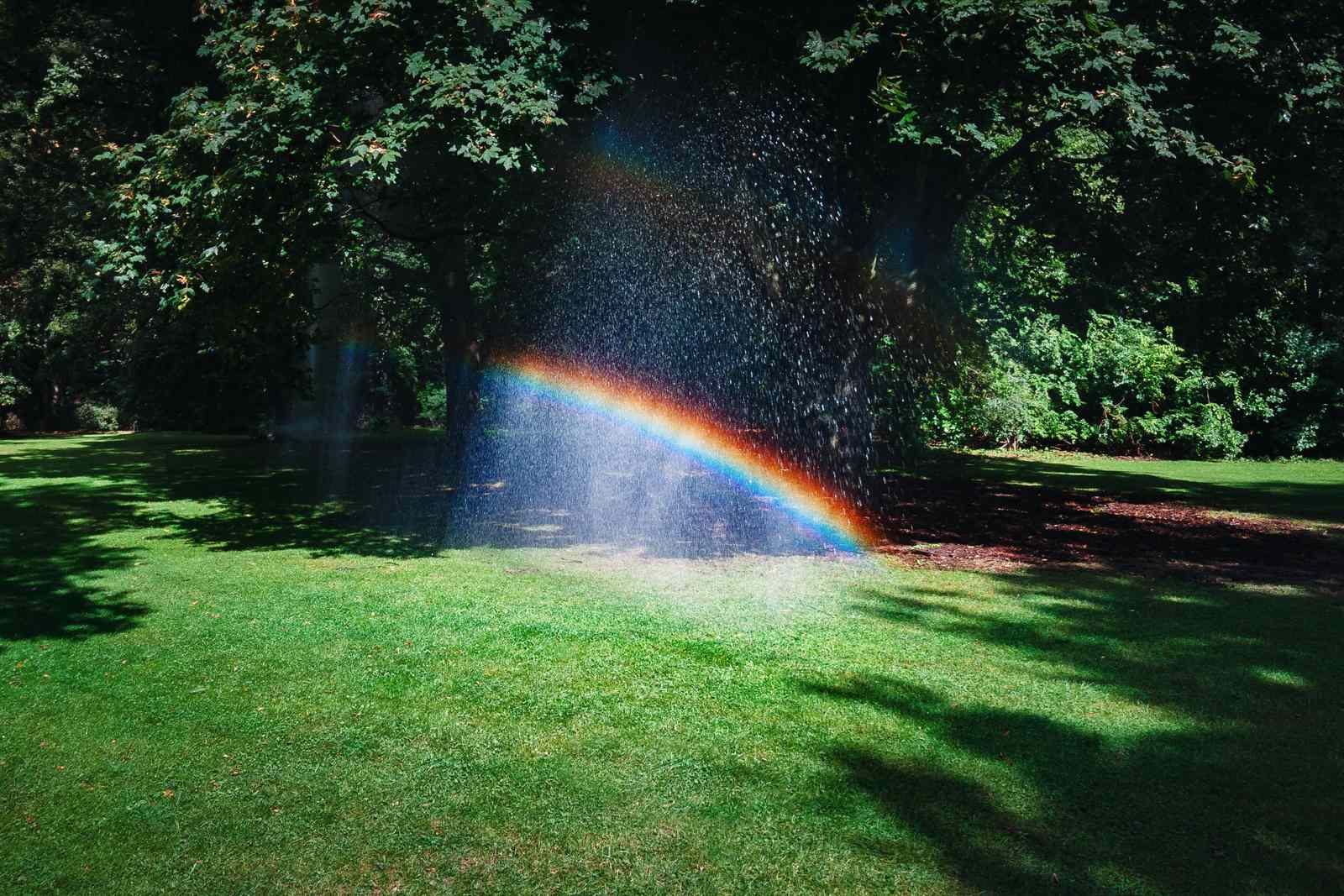Published April 22, 2020
Rainbows are beautiful, there is no denying it. There aren’t many natural phenomenons that will stop us in our tracks and make us pull out our cameras quite like a rainbow.
Rainbows are also considered symbols of hope. In some cultures, it is a promise that the storm has passed and it is safe to come out again. It is very fitting that many have chosen to use the symbol of the rainbow to reassure others that we will survive the current COVID-19 pandemic.
But did you know that without water, there would be no rainbows?

First, let’s talk about how we actually see colour.
Funnily enough, we are unable to see light itself. We can only see light when it hits something and bounces back to our eyes. This might feel mind-bending, but stick with me. If you were in a room with absolutely no light, everything would appear black. That’s because no light is able to enter the room and bounce off of objects.
Light is a form of radiation that moves in waves. Every type of radiation, from radio waves to x-rays, can be found on the same spectrum. This spectrum is based on length: the smaller the wave, the greater the amount of energy it holds.
Radiation waves are measured in nanometers, all the way from short X-rays to the longer ones you use to warm up your food with… in your microwave, get it? Mico-wave. Take a look at the diagram below. You will see that the visible spectrum of light (colours) ranges from 750nm (red) to 380nm (blue).

Now, this is all fine and dandy, but what does this have to do with rainbows?
We know that light needs to hit an object in order for us to see it. Our atmosphere is filled with particles, like aerosols and water. These particles scatter light in different ways. A rainbow is caused by light hitting water. When light passes through water droplets, it doesn’t just bounce right back at us, it fractures. When it fractures, the light gives us a glimpse into the full spectrum of the visible light (like a prism).

The size, shape, and vibrancy of a rainbow is determined by the amount of water droplets in the air, the amount of light, and the angle of where you are standing (compared to the rainbow). The bigger the water droplets in the air, the clearer and more vibrant the rainbow will appear. This is why we are most likely to see rainbows when the sun starts to shine while it’s raining.
It's just another gift that water gives us!
It’s easy to remember the order of the colours in the rainbow with the acronym Roy G. Biv.:
Red
Orange
Yellow
Green
Blue
Indigo
Violet

Want to create your very own rainbow?
Here is a simple experiment you can try at home.
Step 1: Try to find a clear beam of light coming through a window or a door (if it’s not sunny out, you can use a flashlight).
Step 2: Take a white sheet of paper and place it on a surface that is touched by the light.
Step 3: Fill a clear glass halfway with water and place it on the white sheet.
Did a rainbow appear? If not try moving the glass around or up and down and follow where the light falls on the paper. The rainbow will be there. You just have to find it.
